How to get rid of bacne—it’s a problem many of us grapple with, especially as summer nears.
There’s nothing like a blind pimple colony on your back to ruin your excitement for beach weather and long weekends. Sunscreen is a struggle, not to mention you can forget wearing your strappy camis and backless dresses.
But don’t worry, help is at hand to assist you in banishing that bumpy back. We spoke to skin expert and owner of Blyss Skin Clinic in Sydney, Jodie King, and DMK Director of Education, Debbie Dickson, to get the lowdown on how bacne differs from regular pimples, the best bacne treatments, and how to stop those zits from reoccurring.
Here’s everything you need to know…
What are the main causes of bacne?
The causes of bacne are complex and multi-faceted, and often “exactly the same as those that suffer facial acne,” says Jodie. Some causes are internal or health-related, while others are external or lifestyle-related.
Here are some common ones:
- A sluggish liver and resulting buildup of toxins in the bloodstream, which Debbie says can be caused by dietary and environmental factors, as well as some medications.
- Hormonal imbalances, which Jodie says can lead to “overactive oil glands and a proliferation of dead skin cells, as well as the p.acnes bacteria that cause acne.”
- Diet, particularly if you consume too much sugar. As Debbie explains, this includes both “the white stuff you put on your cereal” as well as “refined carbohydrates and processed, packaged foods.”
- Sweat and skin irritation, which can be exacerbated by “wearing a backpack or sports equipment such as shoulder pads,” Jodie says.
- Non-breathable fabrics or tight clothing.
- Scented laundry detergents and dryer liners (“they may make your laundry smell nice, but they have a coating that can block pores,” says Jodie).
- Grooming products such as shampoos and conditioners that contain silicone, “which can slide down the back and clog pores,” says Jodie.
What are the best treatments for bacne?
The bad new is, “bacne is often more prevalent on those that suffer from severe acne on the face,” says Jodie. The good news is, the treatment is more or less the same for both—it may just take a bit more effort to apply product to your back, as opposed to your face.
When considering ingredients, Debbie recommends thinking about the “things you are trying to combat.” As acne is an “inflamed, infected condition,” she suggests ingredients that help to kill acne-causing bacteria, reduce inflammation, regulate cell turnover and oil flow, increase the skin’s hydration level and stop transepidermal water loss.
The following ingredients can be beneficial for bacne:
- Beta glucan
- Benzoyl peroxide
- Salicylic acid
- Aloe vera
- Panthenol or vitamin B5
- Krameria triandra root extract
- Niacinamide
- Angelica polymorpha sinensis extract (dong quai)
- Essential fatty acids
Jodie recommends investing in a medicated cleanser to help “lift dead skin, dirt, oil and treat bacteria.” She also champions exfoliation, saying it can help to exfoliate your back in the same way you would your face! For this, “an exfoliation cleanser can be used daily,” as well as “exfoliating pads infused with salicylic acid three times per week to unblock pores.”
bh recommends:

- Alpha-H Clear Skin Daily Face & Body Wash ($45 at Adore Beauty)
- CLINIQUE Anti-Blemish Solutions Cleansing Bar ($26 at Adore Beauty)
- NIVEA Pure Effect Clean Deeper! Daily Deep Cleansing Scrub ($9.49 at Chemist Warehouse)
- Paula’s Choice Skin Perfecting 2% BHA Liquid Exfoliant ($38 at Paulaschoice.com.au)
- Neutrogena Acne Stress Control Power-Cream Wash ($14.38 at iherb.com)
- Biore Blemish Clearing Scrub ($11.66 at iherb.com)
- Paula’s Choice Clear Acne Body Spray with 2% Salicylic Acid ($39 at Paulaschoice.com.au)
- JOSO GLOWSO™ ($49.50 at Joso.com.au)
For best results, Jodie says you should “cleanse your back morning and night, as well as immediately after exercise, [but] don’t over-cleanse,” as this will stimulate excess oil production. Oh, and don’t pick or squeeze your bacne, as this will only make the breakout worse!
If you’re still not seeing results, Debbie recommends a professional acne treatment, which uses “specific formulations for the body”. DMK Enzyme Therapy can “help to restore optimal skin functioning,” says Debbie. Just bear in mind that you will need to commit to a few treatments in a row, and follow the program “religiously”.
Similarly, at Blyss Skin Clinic, Jodie recommends salicylic acid peels to treat bacne. But the expert emphasises that they gauge acne in 90-day cycles and stresses, “It won’t work if you do it one day, and then miss three.”
Lifestyle changes to prevent bacne
In addition to topical acne treatments, Debbie and Jodie say the following lifestyle changes can help treat bacne, as well as reduce the chance of it reoccurring:
- Remove sweat-soaked clothing as soon as you’ve finished exercising.
- Ensure your shampoo and conditioner are silicone-free.
- Wear clean, breathable fibres such as cotton rather than synthetic fabrics.
- A little sun (10 to 15 minutes only) can help to treat the bacteria, but remember to protect your skin with sunscreen.
- Ensure your diet is as healthy as possible. Debbie’s advice? “Remember how our grandparents ate – if it comes from a packet, don’t eat it!” The expert also recommends cutting sugar and dairy, as these can exacerbate acne.
- Drink plenty of water.
- Ensure your bed linen is clean.
- Keep your hair tied back and off the affected area.
- Keep your stress levels in check.
Have you suffered with bacne? What’s your greatest skin care struggle?

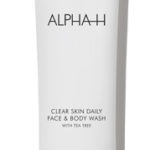
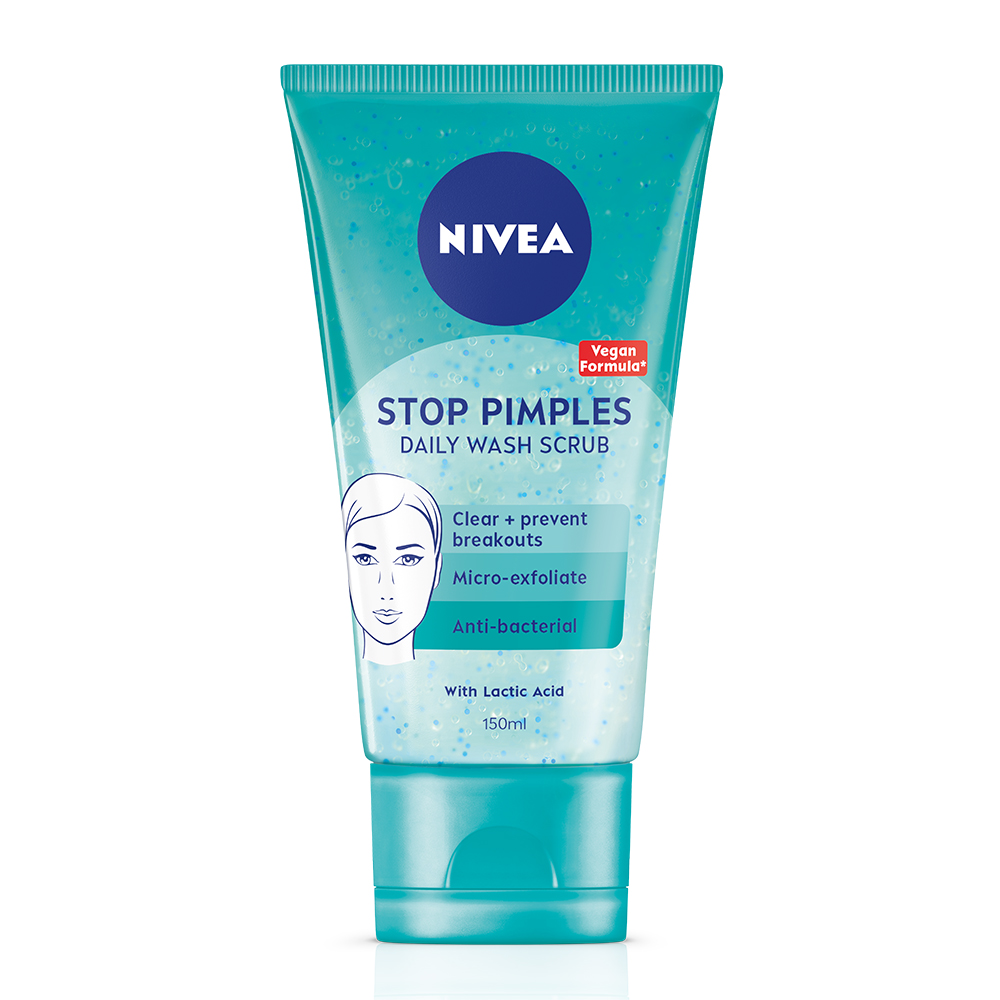

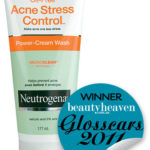
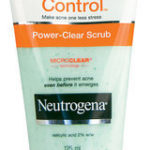
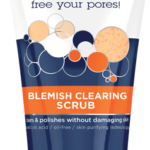
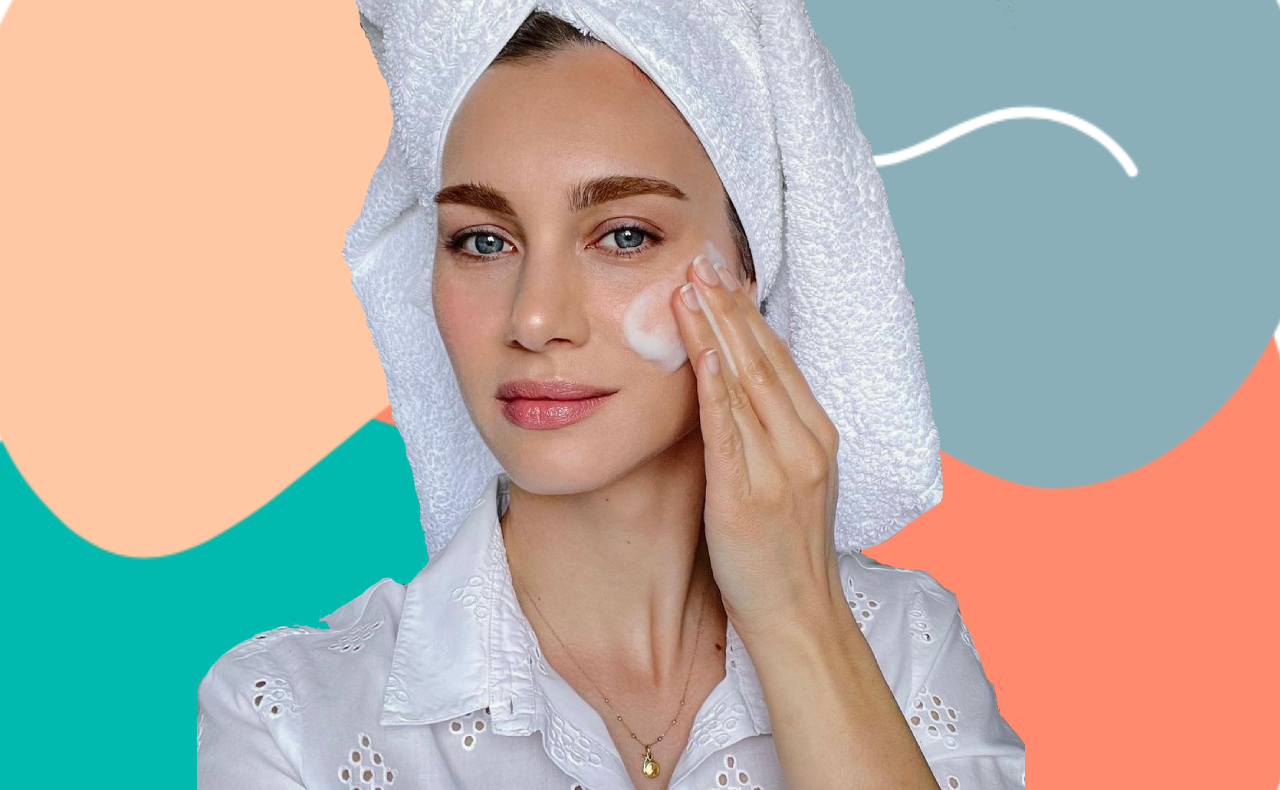
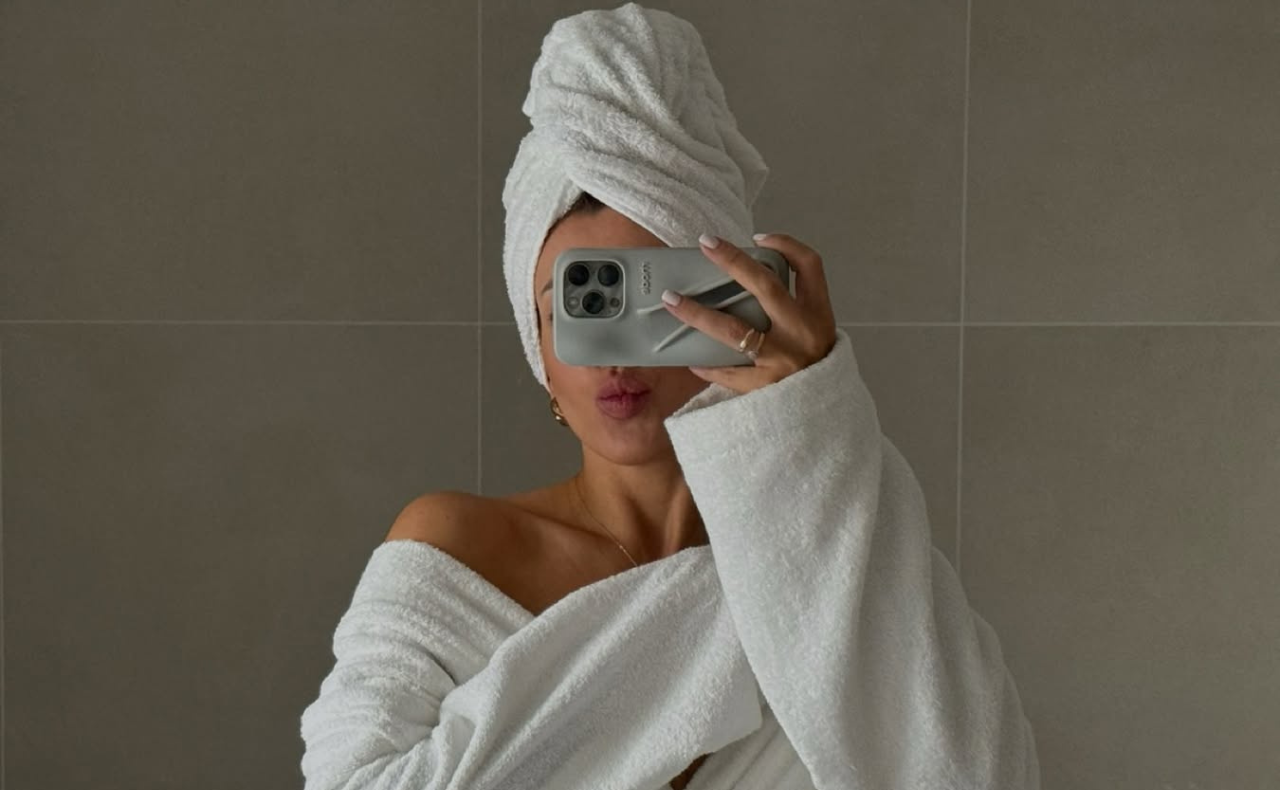
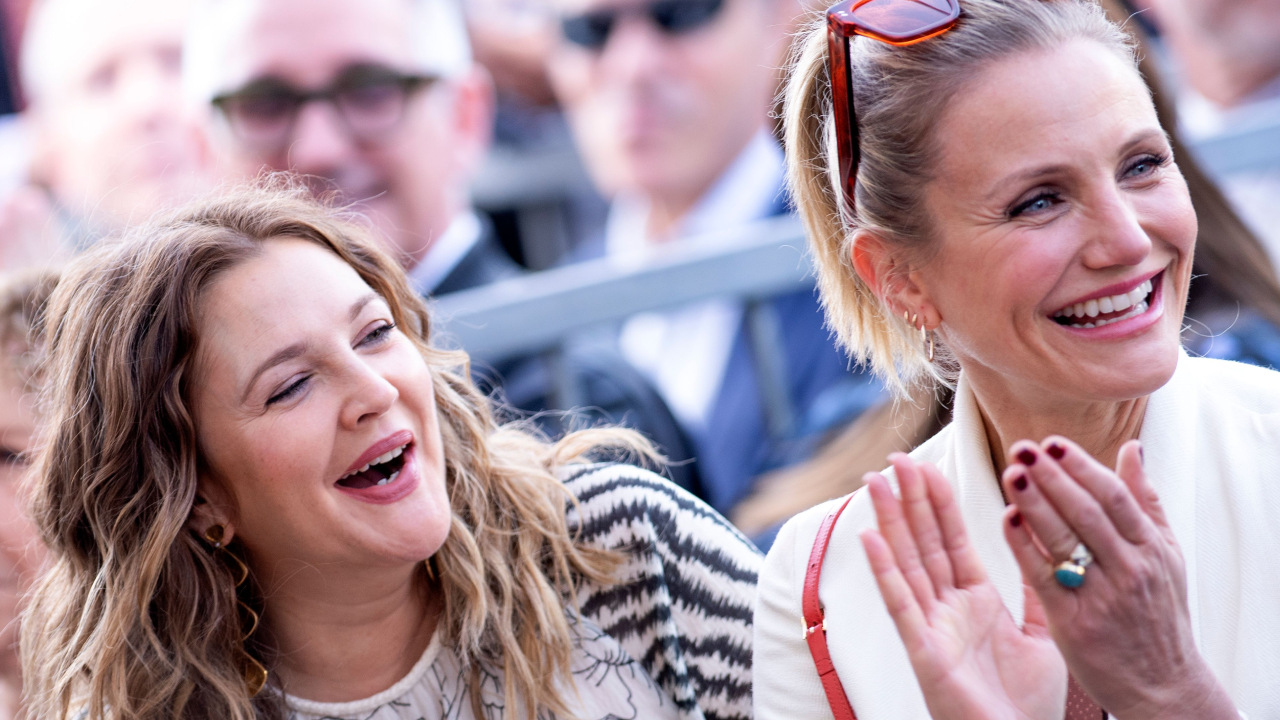
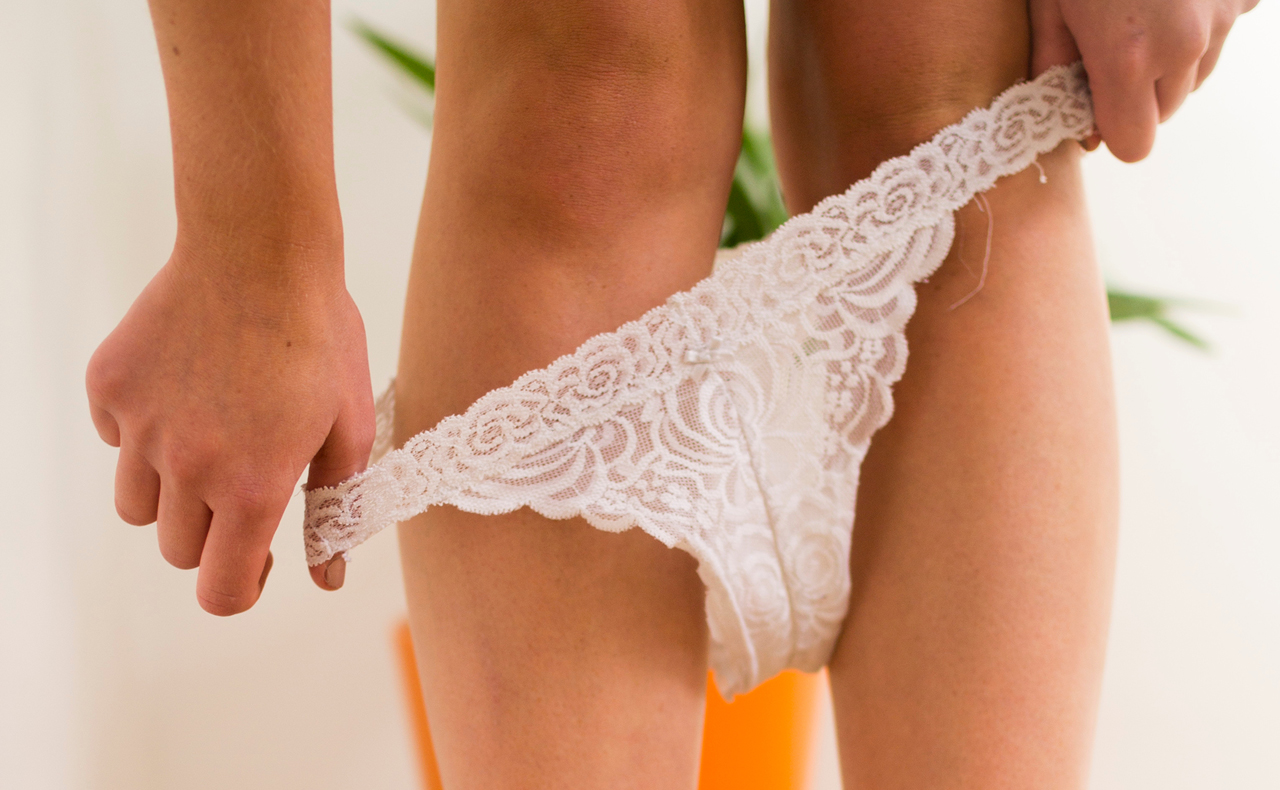
Stress is definitely an issue for me!